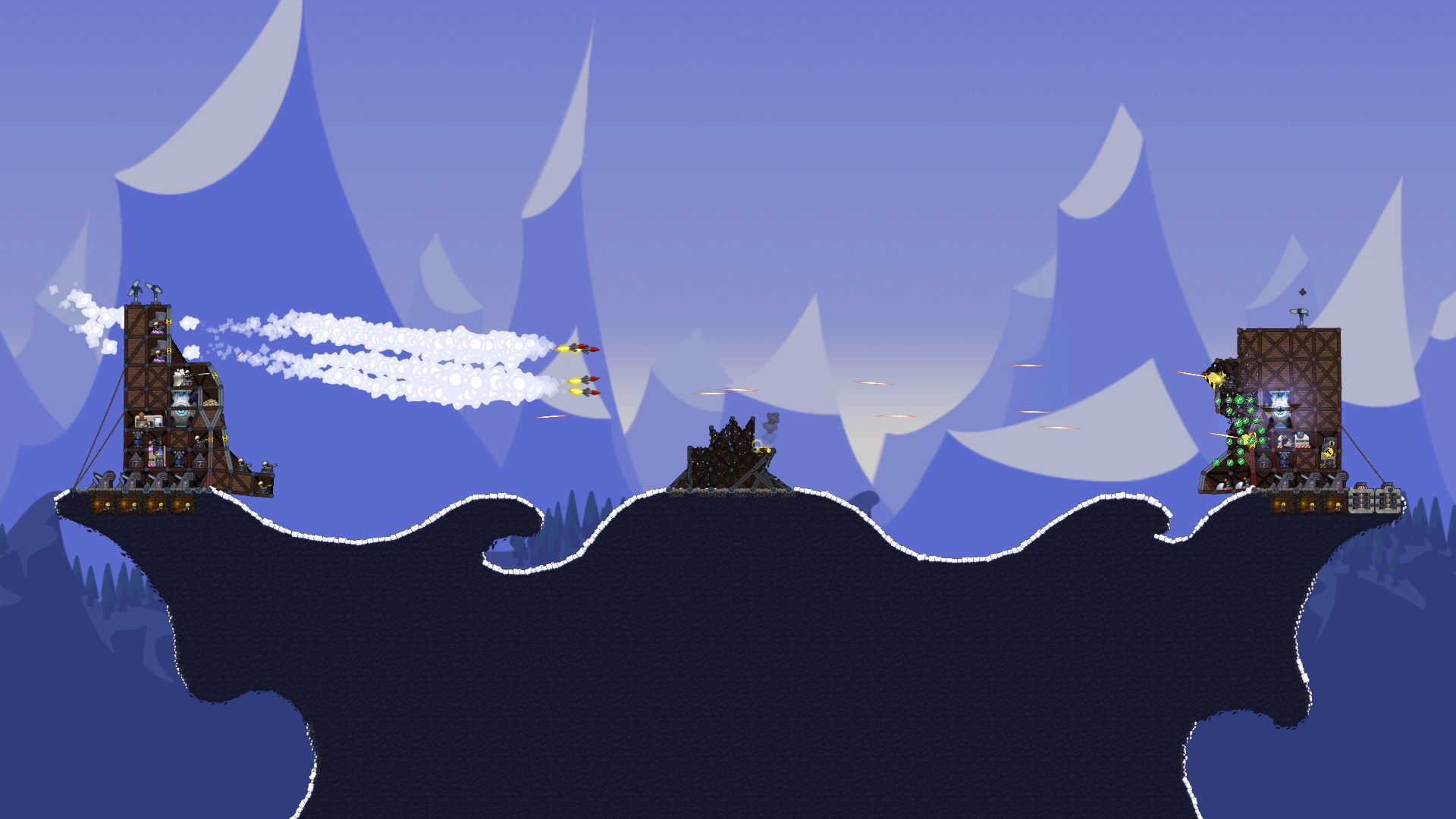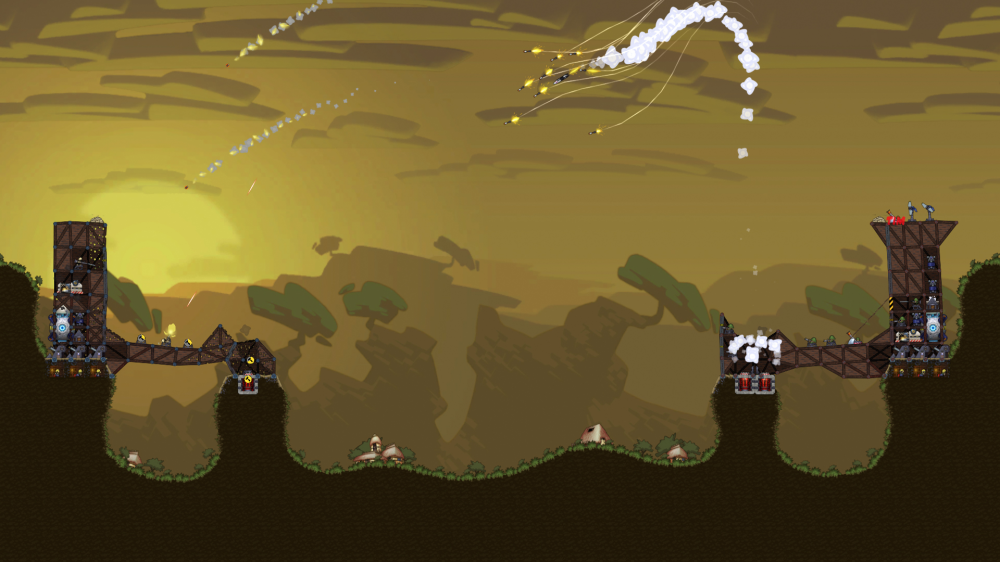


So two thirds of the time, the game end has been triggered by someone building their Fort to level five.

In six plays, this final way has triggered the end game once, and the magic point threshold has been the trigger once as well. Thirdly, you could completely empty the deck of friends. Second way a game of Fort can have the end triggered, is by scoring twenty five points, that seems to be the magic threshold of popularity. Kids love forts, and building a fort is sure to attract the best friends a child could ever hope for. There are a couple different ways to trigger the end of a game of Fort, well three actually.

Well, Fort tries to recreate all of that childish competitiveness in a unique way, a deck building game that nearly ends up as much about deconstructing your deck, as it is building it. Enter a new challenger, Fort, from Leder Games, who are better known for their asymmetric lineup of games with cute and cuddly art from Kyle Ferrin, and designer Grant Rodiek, better known for his corgi, Peaches and his ability to just keep talking, along with game designs like Cry Havoc and Hocus.Ĭhildhood is competitive, we all remember that, right? We all wanted to have all our friends hang out with us, doing fun and exciting things. So many challengers try to step up and knock the king from its throne, and one by one, they all fail to get that top spot. I honestly don’t think that a pure deck-building game will ever come along again like Dominion and even if it did, it wouldn’t be nearly as successful. Nowadays it seems that you need to integrate your deck-building into games with other mechanisms. Most of the time though, even today among those myriad of choices, I’ll still take Dominion over any other deck-building game. Deck-building games have come a long way since the days where the only choice was Dominion.


 0 kommentar(er)
0 kommentar(er)
